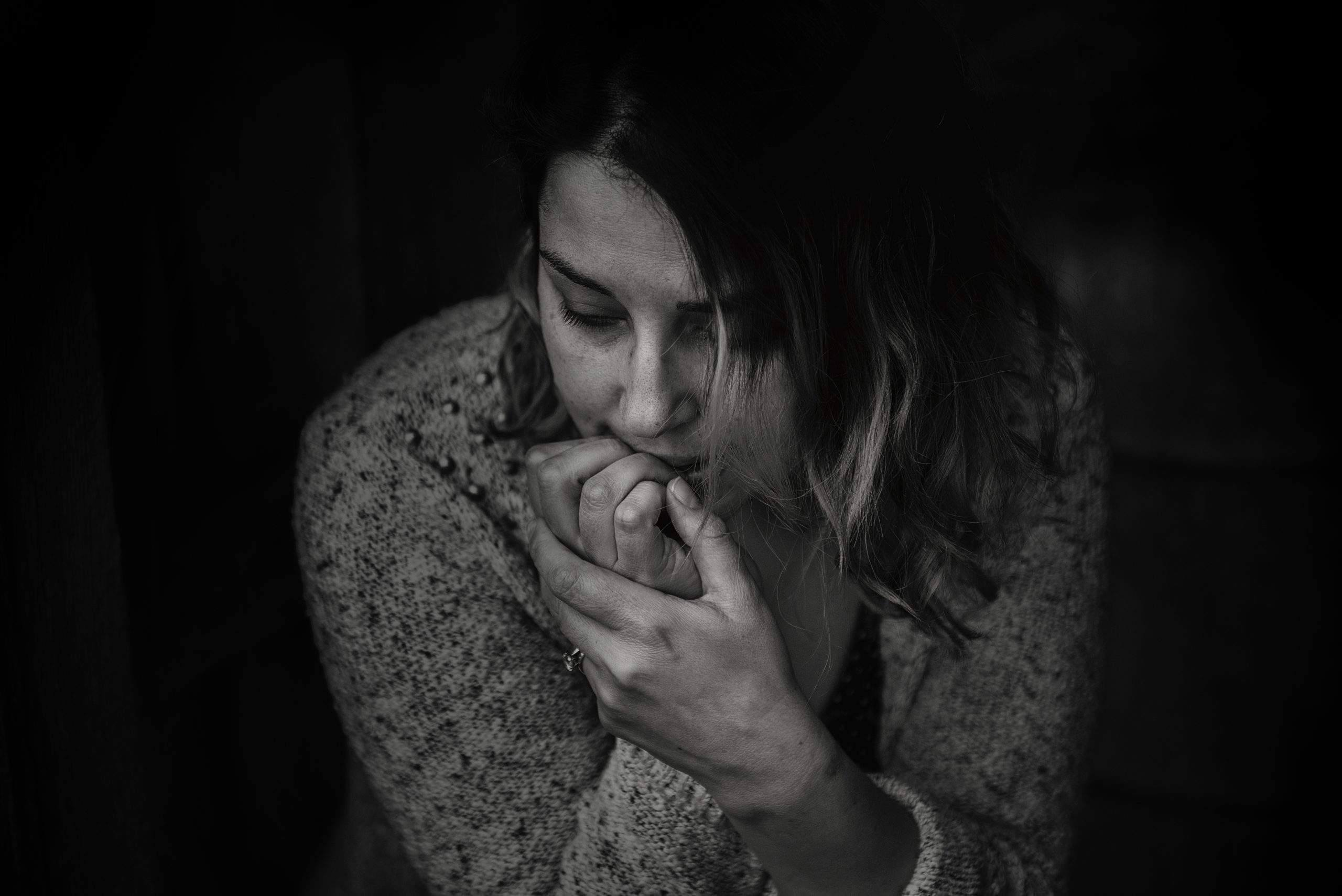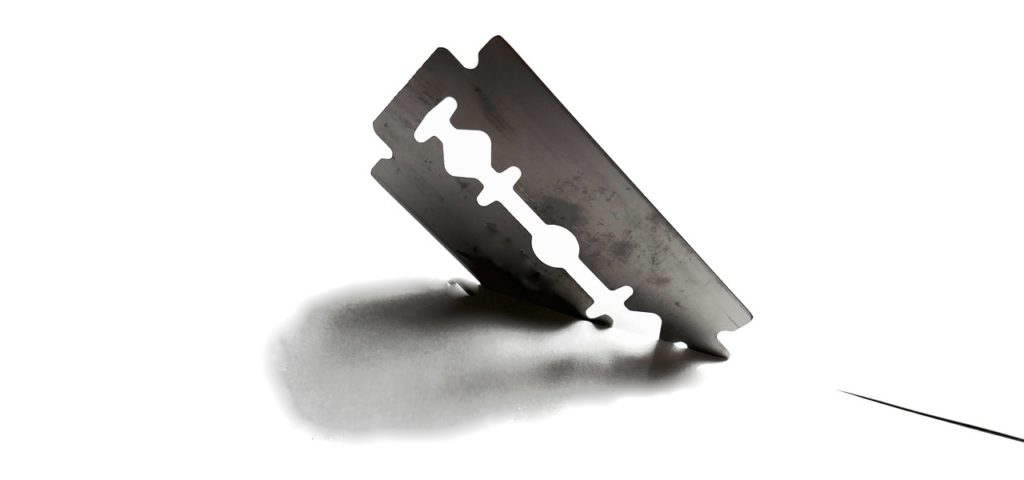
Self-harm
Self-harm stems from difficult and painful emotions we cannot express. Through Niznik Behavioral Health, clients learn to process these feelings in a healthy way.

Self-harm stems from difficult and painful emotions we cannot express. Through Niznik Behavioral Health, clients learn to process these feelings in a healthy way.
“Non-suicidal self-injury” is the clinical term for a practice called self-harm, which involves hurting or injuring yourself intentionally. While this activity is quite common, especially among young people, it can be a shock when it’s discovered by others. And people who self-harm may be very embarrassed or ashamed, taking great pains to hide their behavior.
The psychological mechanisms of self-harm are thought to be complex, but they ultimately represent a physical translation of emotional distress — such as sadness, worry, or anger. The acts of self-harm hurt of course, but they can also cause a strong feeling of emotional release. Some people, meanwhile, suffer from a sense of emotional numbness. In their case, the pain of self-harm is welcome because it allows them to feel.
Many who engage in self-harm cut themselves with a knife or razor blade, while others hit themselves or cause burns intentionally. While some of the physical effects may be mild, like cuts or bruises, others may be more serious and involve deep wounds or broken bones.

Self-harm is not a mental illness that can be diagnosed and “cured.” Rather, it’s a symptom of real emotional distress. Also, self-harm is associated with a number of other behavioral health conditions, including trauma/PTSD, anxiety, borderline personality disorder, eating disorders, and depression. Substance abuse can also overlap with self-harm; alcohol and drugs can also lead to more injuries that are more severe than intended.
Here are some additional facts to know about self-harm, according to studies from the American Psychological Association:
While self-harm is meant to cause physical pain, it’s not intended to cause death. That said, it can be a strong indicator of suicidal behavior.
If you’re uncomfortable talking about your self-harm, we understand. But you don’t have to be ashamed or hide your condition anymore. Niznik Behavioral Health treatment facilities have a compassionate, supportive staff that understand why self-harm occurs. We also have solutions to help you deal with your emotions in ways that are healthier.
Many of our clients have a dual diagnosis of co-occurring mental health conditions and substance use disorder, any of which can fuel self-harm. No matter which rehab facility you attend, you’ll discover therapeutic approaches to help you regulate your emotions effectively — such as cognitive behavioral therapy, dialectical behavior therapy, and rational emotive behavior therapy. Also, our clinical teams can evaluate you and your situation to determine whether or not medication can alleviate the symptoms of self-harm.
Niznik Behavioral Health emphasizes recovery in mind, body, and spirit. With wellness tools such as yoga and meditation, you can heal your relationship with your own body, and discover ways of experiencing mindfulness and peace.
By submitting this form you agree to the terms of use and privacy policy of the website. We respect your privacy. By sharing your phone number, you agree to receive texts from us – including details about your benefits. Message and data rates may apply. Sharing this information is not a condition of treatment.